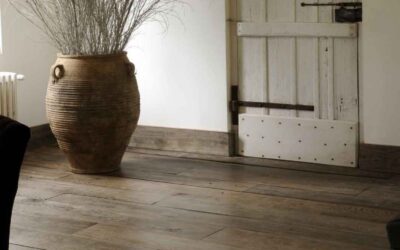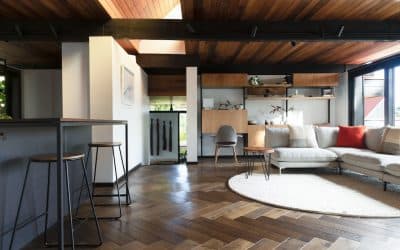When planning a timber flooring project, understanding the building codes and standards, such as E3/AS1, is crucial for ensuring compliance and quality. This article delves into the intricacies of E3/AS1, a part of the New Zealand Building Code (NZBC), and how it applies to your timber flooring project. We’ll explore the importance of compliance with these standards, focusing specifically on the relevance of the ISO4760 test for joint permeability in timber floors.
What is E3/AS1?
E3/AS1 is a section of the NZBC that sets the requirements for building elements to protect against moisture. It is essential for architects, interior designers, architectural builders, and homeowners to understand these requirements to ensure the durability and safety of their flooring installations.
The Importance of Compliance with E3/AS1 in Timber Flooring
Compliance with E3/AS1 is not just a legal requirement but also a matter of quality assurance. Timber flooring, particularly engineered oak, which is a specialty of Vienna Woods, must meet certain standards to ensure it withstands moisture and environmental changes over time. Compliance ensures longevity, safety, and a high standard of living.
The Role of ISO4760 in Timber Flooring
The ISO4760 test is a key component in assessing the quality of timber flooring. This test measures the joint permeability of flooring, which is crucial in determining its resistance to moisture and humidity – a critical factor in New Zealand’s varied climate. High joint permeability can lead to moisture seeping through, causing damage over time. Therefore, understanding the results of this test is crucial in selecting the right flooring material.
How ISO4760 Test Substantiates Compliance for Timber Floors According to E3/AS1
The ISO4760 test results can be used to demonstrate compliance with E3/AS1. By showing that the timber flooring has low joint permeability, it assures that the product is resistant to moisture ingress, aligning with the NZBC’s requirements. This is particularly important in areas prone to dampness or in buildings where moisture control is a critical aspect of the design.
Choosing the Right Timber Flooring Compliant with E3/AS1
At Vienna Woods, we specialize in high-quality engineered oak flooring sourced from Europe, meeting the high standards set by the NZBC. Our products are tested and proven to comply with E3/AS1, ensuring that they are not only aesthetically pleasing but also durable and safe.
Understanding E3/AS1 and ensuring compliance through tests like the ISO4760 is essential for any timber flooring project in New Zealand. By choosing Vienna Woods, you are selecting a partner that values quality, compliance, and the longevity of your investment. Our commitment to meeting these standards reflects our dedication to being the first choice in quality timber flooring in New Zealand.
For more information and expert guidance on selecting the right timber flooring for your project, visit Vienna Woods.
References
- New Zealand Building Code (NZBC), E3/AS1
- Ministry of Business, Innovation and Employment (MBIE) Guidelines
- ISO4760 Test Standards



